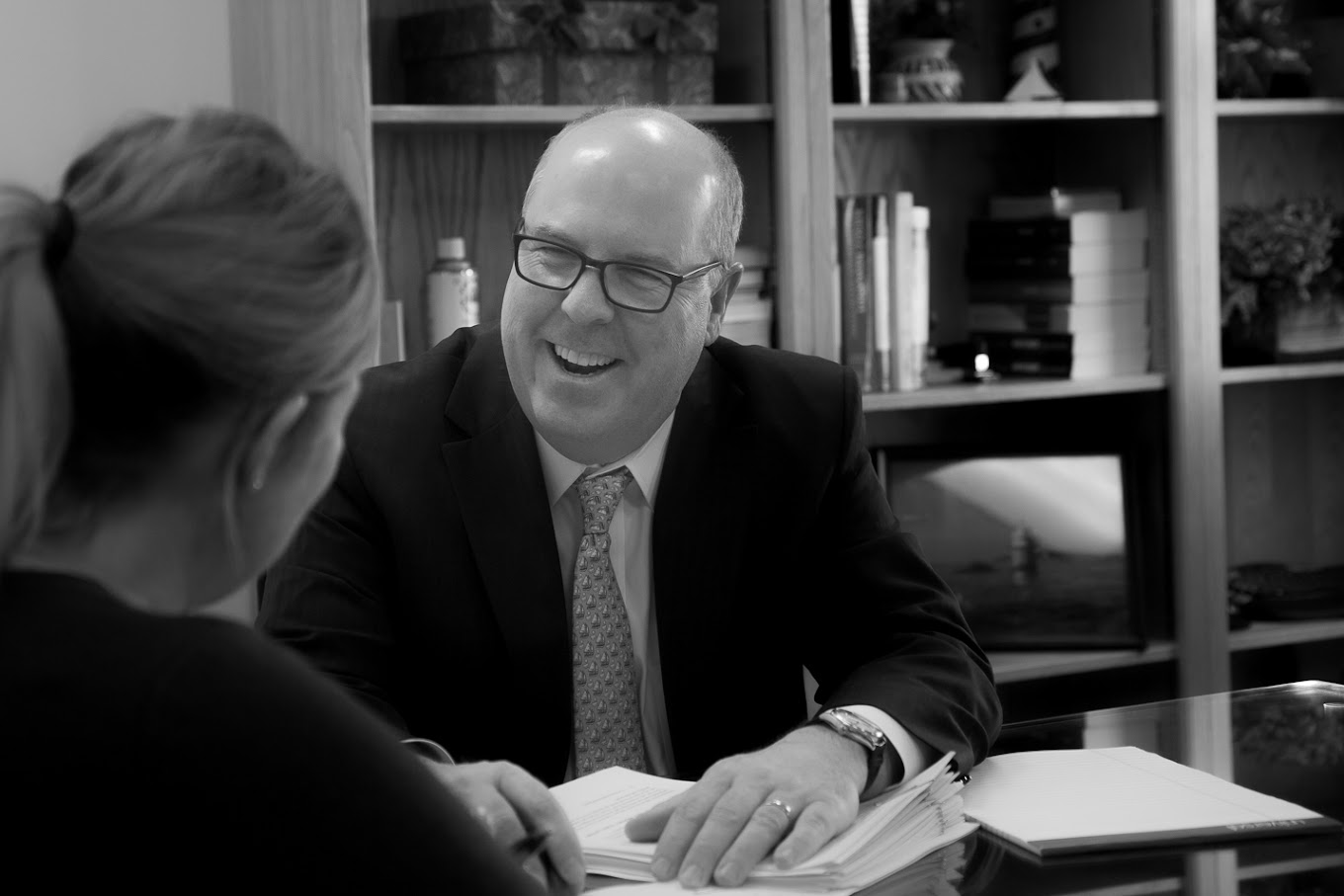The Power of Trusts in Estate Preservation
In 16th century England, wealth and power were largely a matter of how much land an individual owned. The king paid close attention to the inheritance of land to limit anyone from becoming too powerful. Land transfers following a death were governed by the king’s courts in an expensive process on which our modern system of probate is based.
Eventually, some landowners used trusts to help avoid the king’s probate. A landowner would deed his property to the church, which held it in trust during his lifetime and promised to return the land to the owner’s heirs after his death.
Trusts of all types are still used to help avoid probate and reduce taxes. Here are two common trusts that you may want to consider in your estate planning.
A-B Trust
A living trust with an A-B provision doubles the amount of an estate that married couples can exempt from taxes. When the first spouse dies, the assets of the survivor are transferred to Trust A, and the assets of the deceased spouse go to Trust B. Each trust becomes a taxable entity entitled to the unified credit exemption (currently $1 million) and is exempt from probate. Without a properly structured bypass trust, the couple could use the estate tax exemption only once.
Life Insurance Trusts
When you acquire assets, if you don’t complete paperwork to place them in your trust, you may not reap the full benefit of the trust.
One potential way to avoid this problem is to own a life insurance policy inside an irrevocable life insurance trust so that the death benefit does not become part of your taxable estate. Your heirs can use the proceeds to help pay any estate taxes, perhaps eliminating the need to sell assets.
Most people would agree that they would rather leave the bulk of their estate to their heirs than to the government. With a trust, you may be able to shield more of your assets from taxes and the often costly probate process.

